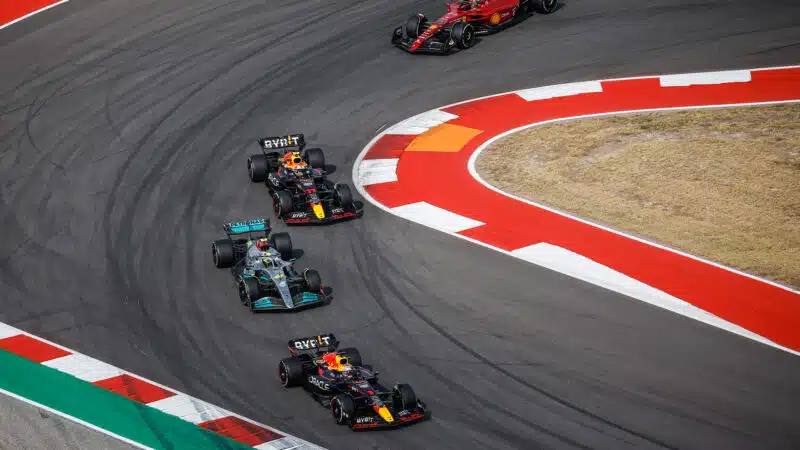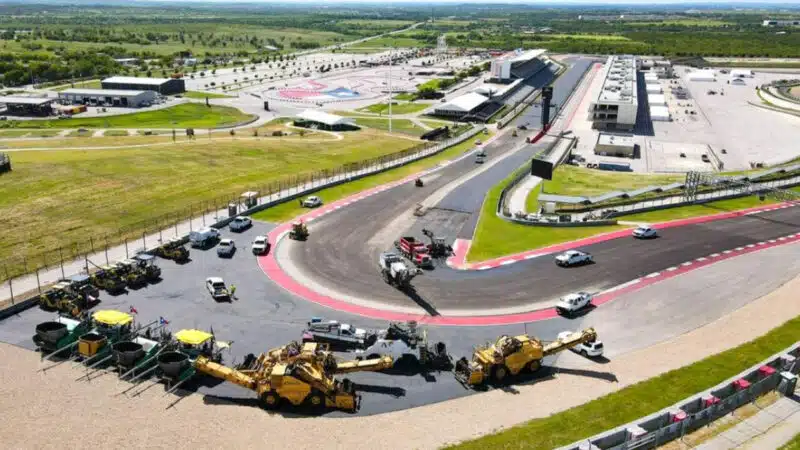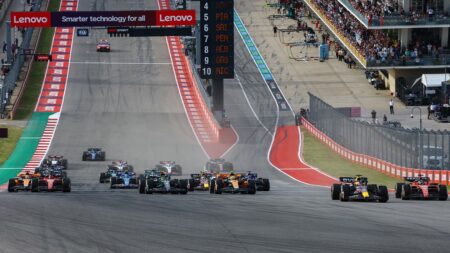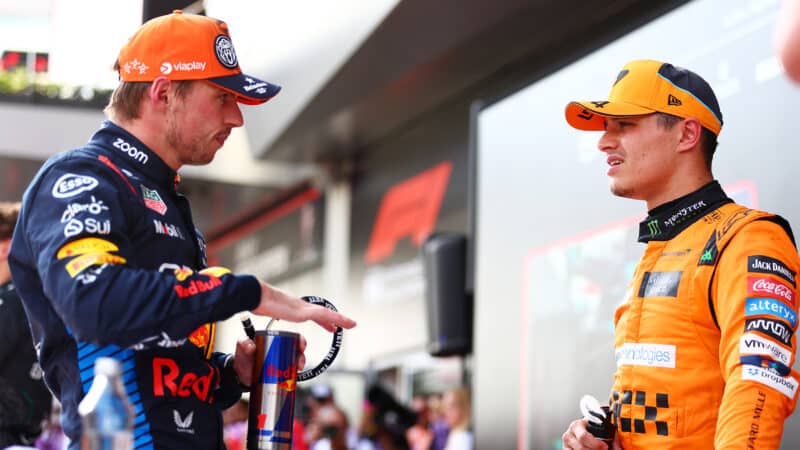The rough surface tends to have a greater effect on chasing drivers, running in the hot, turbulent air of the car ahead. Already down on grip, the struggle for traction at Turn 11 thwarts their attempts to close up on the kilometre-long (0.63mile) straight before lunging for the pass at Turn 12, despite the ability to use DRS to reduce drag when close enough to the car in front.
“Potentially, the new track surface could allow drivers to be closer to the car in front on another section of the circuit,” added Berra. “But we know that it’s difficult to follow the car in front as the tyres overheat and begin to slide.
“So we could end up in a similar situation to last year just because Turn 11 has not been resurfaced.”
Elsewhere, Pirelli’s findings suggest that racers’ vocal complaints about the track surface have been addressed. Max Verstappen suggested COTA was more suited to rally cars during F1’s visit last year. Yamaha MotoGP rider Fabio Quartararo had a similar view when competing at Austin in 2022. “It’s more or less a track I use to train with a motocross bike,” he said. “It’s a joke.”
Pirelli conducted its initial tests of the new surface two days before Friday’s free practice session: scanning the circuit with a laser to produce a detailed picture of the surface texture, while also assessing grip levels on the racing line with a three-wheeled trolley that measures surface resistance.
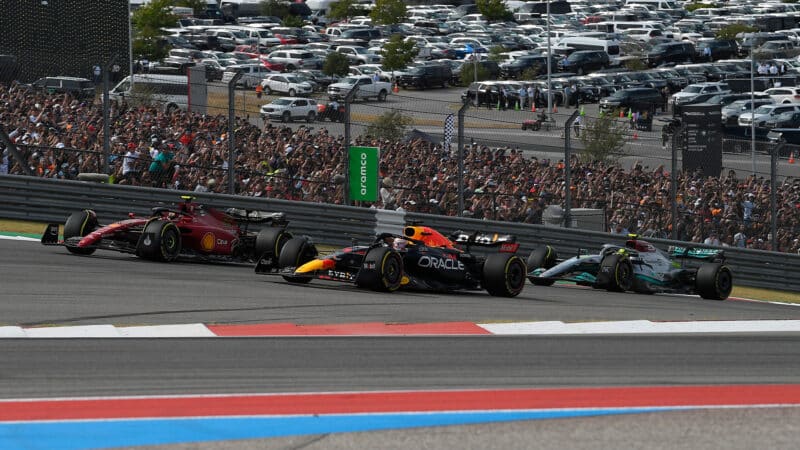
Drivers can expect extra grip from the smoother surface — and possibly closer racing
Grand Prix Photo
“The data collected showed a decrease in macro and micro grip levels,” said Berra. “Basically we have a very smooth surface [in places] compared to the past and obviously this will have a lot of affect on tyre performance.
“The bumps on the circuit have also changed, which can cause sliding and affect tyre performance on longer stints. In the past this was always an issue as drivers had higher degradation levels compared to what they had at other circuits with the same compounds.”
